People often highlight the discrepancies between the terms flyer, brochure and pamphlet. But these three marketing materials are so similar in purpose and physicality, that it’s common to group them under one umbrellahead. The main difference to be aware of is around the flyer vs brochure: understanding how you can best use them, as well as pamphlets, will ensure your marketing materials are suitable for the project at hand…
Table of contents
Comparison table
| Flyer | Brochure | Pamphlet | |
| Purpose | To announce new products and services, promote sales, or share contact information. Promotion of a one-time event or single product or service. | Brochures provide detailed information about a product, brand or service to inform, educate, or engage an audience. | Promotional handouts and giveaways. Substantial promotion, such as the evergreen promotion of a company or the services offered. |
| Format | Single sheet, not folded. | Single sheet, folded. Brochures come in bi-fold, tri-fold, gate-fold and z-fold formats. | Multiple-page booklet; sheets are folded or stapled together to create multiple pages. |
| Size | A flyer is usually 8.5” x 11” or A4 (letter size). Smaller flyer sizes are also popular. | There are lots of standard brochure sizes. The most popular (before folding or when opened) is letter size (8.5” x 11”), but bigger and smaller formats are also common. | Pamphlet size varies on where and how it is distributed. |
| Cost | Inexpensive in comparison to other print materials. | Sit in the middle of the marketing material price range. | Often the most expensive option due to multiple pages. |
| Audience | Flyers target broad, often local, audiences including individuals unfamiliar with the brand. Flyers should appeal to your ideal customers. | Designed with specific audiences in mind, an impactful brochure needs to speak directly to its target audience. | Target specific audiences so your pamphlet becomes a meaningful communication tool. |
| Distribution | Easy to hand out and distribute locally. You can slip them into mailboxes or display them on countertops. Displayed in public or community spaces. | Distributed at events or through the mail, usually as part of a sales or marketing campaign. You can also display brochures directly in your store. | Commonly sent through the mail. |
What is a flyer?
Flyers are a single—unfolded—sheet of paper used for promotional purposes. You’ll often find them on community message boards, in common areas of public spaces, or stapled to telephone poles. Designed to be eye-catching, flyers feature large headlines, engaging graphics, and minimal text.

Flyer design by Fi2 Design
The purpose of a flyer is to draw attention. Think of it as the very top of your funnel—a flyer could be somebody’s first interaction with your brand, so it needs to make them want to learn more. Flyers are often image-heavy, with just enough text for the viewer to understand what they’re looking at and how to find out more information.
How to design a flyer
Unlike brochures and pamphlets, which are folded to create multiple pages, all of the contents of a flyer need to fit onto one page. Although a flyer and a brochure might both use an 8.5” x 11” sheet of paper, a flyer’s design needs to be more unified because it doesn’t have separate pages to break up its content.
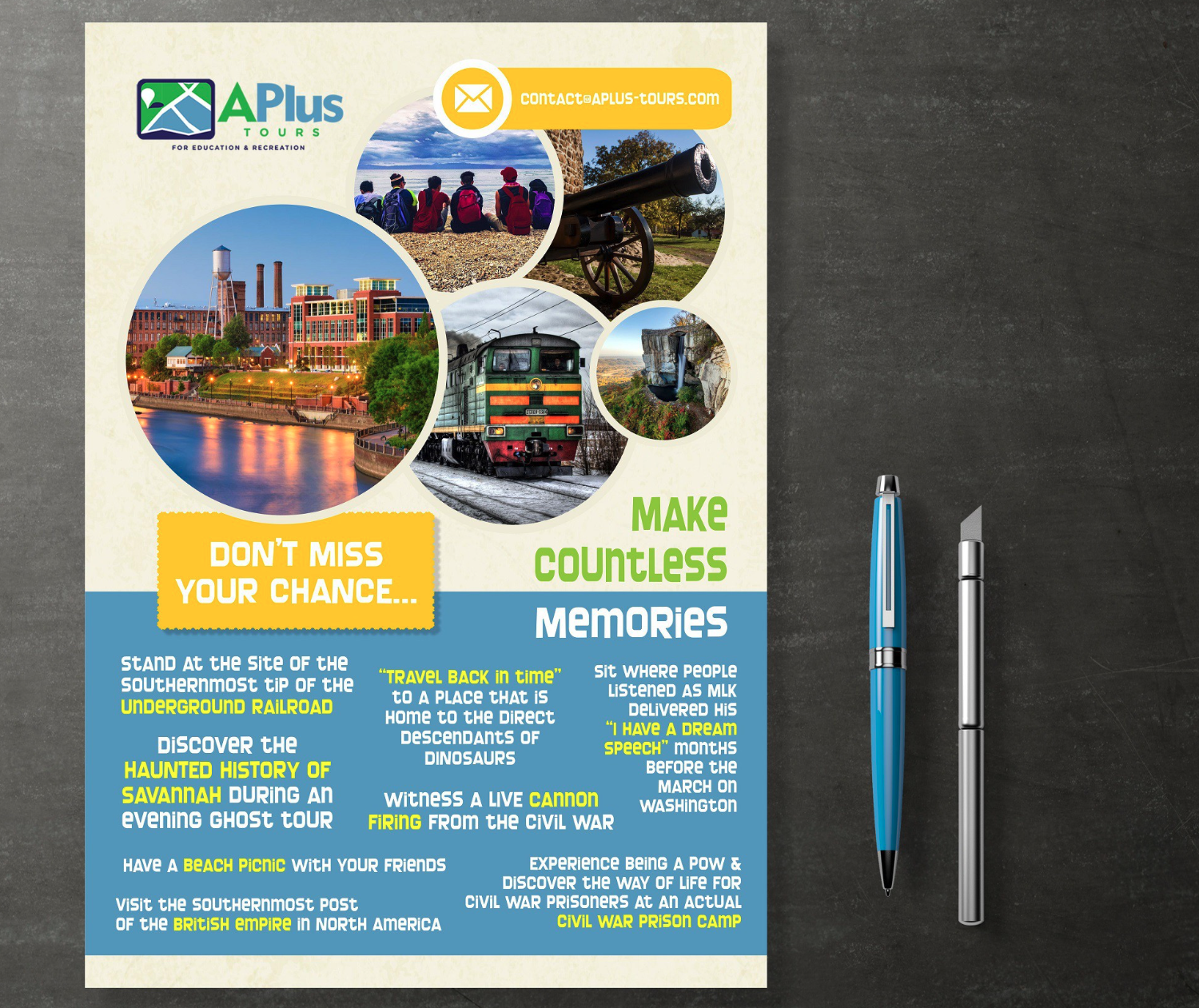
Flyer design by Asyaa Design
Because a flyer is generally the reader’s first introduction to your company, be sure to place relevant contact information in a prominent place. Opt for colorful, crisp images. A flyer’s purpose is to catch attention, so make yours irresistible to the eye.
You can create a flyer in 4 easy steps: choose a template, edit your design, create a design proof, and print. If you’re struggling with inspiration, refer to these flyer design ideas to nudge you in the right direction.
Why do I need a flyer?
Design and distribute flyers to advertise your business, product or service to a large number of people. Flyers are cheap to make, easy to print in bulk, effective in generating sales and raising your business’s local profile, and generally seen and read by recipients.
VistaPrint Tip:
Design and print your flyer double-sided if you need extra space to provide information. When designing your flyer, have a call to action in mind that clearly directs your reader what to do next. Ask yourself, what single action do you want someone to take after reading your flyer?
What is a brochure?
Professional and budget-friendly brochures are single printed sheets of paper folded in half or thirds, typically accordion-style. There are actually 15 ways to fold a brochure. They contain more text than a flyer but typically less than pamphlets.
Business brochures serve various purposes, including marketing and promotion, event promotion, educational material, brand awareness, and sales support. You have likely encountered brochures in your mailbox, in places of business, and at events where professionals are promoting their services.
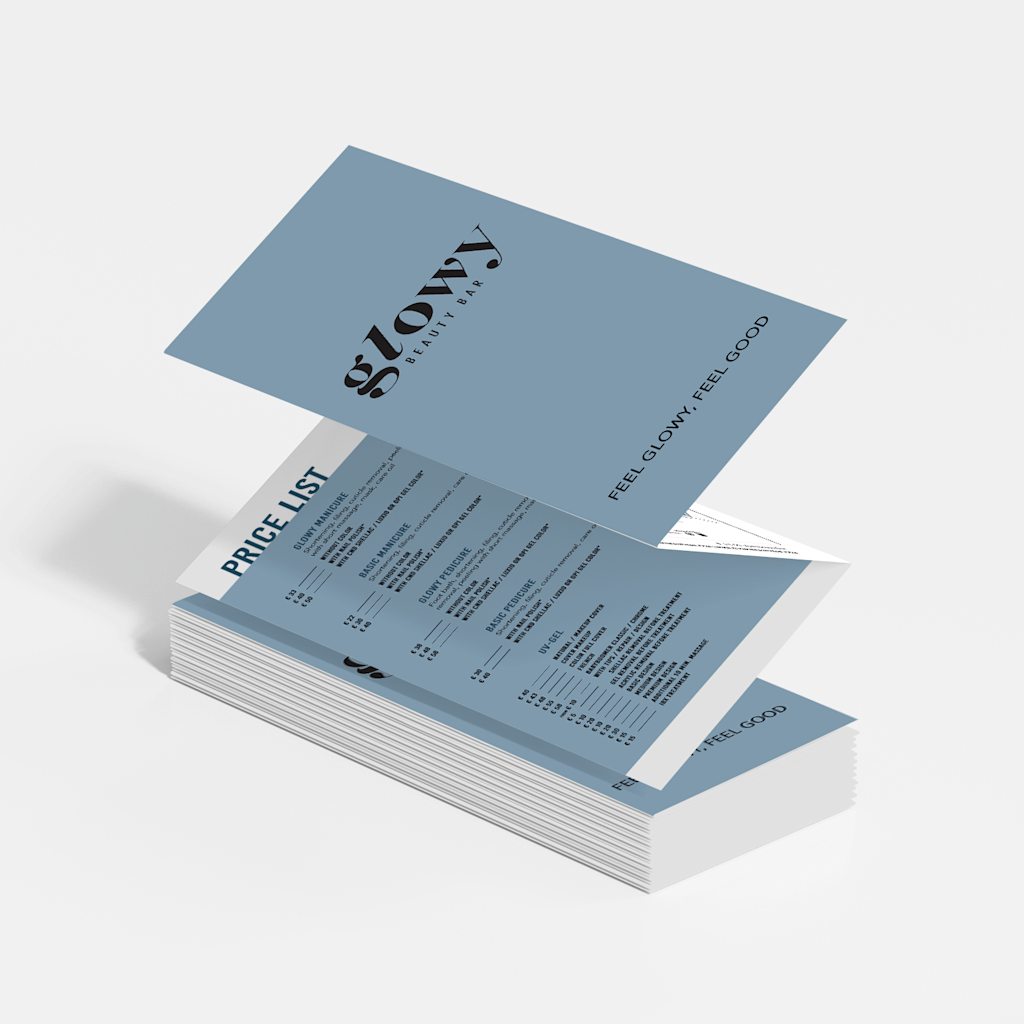
Brochure design via Vistaprint
How to design a brochure
Keep customers informed using a clean, simple, and compact brochure design. Blend photography, images, graphics, and empty space to enhance your message and make the content more digestible. Create the perfect balance between text and visuals.
Design your brochure for its specific size, as different formats require different layouts. And consider your distribution method when choosing a brochure size.
As you map out the placement of each graphic and text box, think about the path the reader’s eyes will take through the brochure and design a logical flow based on this. When creating a brochure, establish a clear hierarchy for your information and craft smooth page transitions.
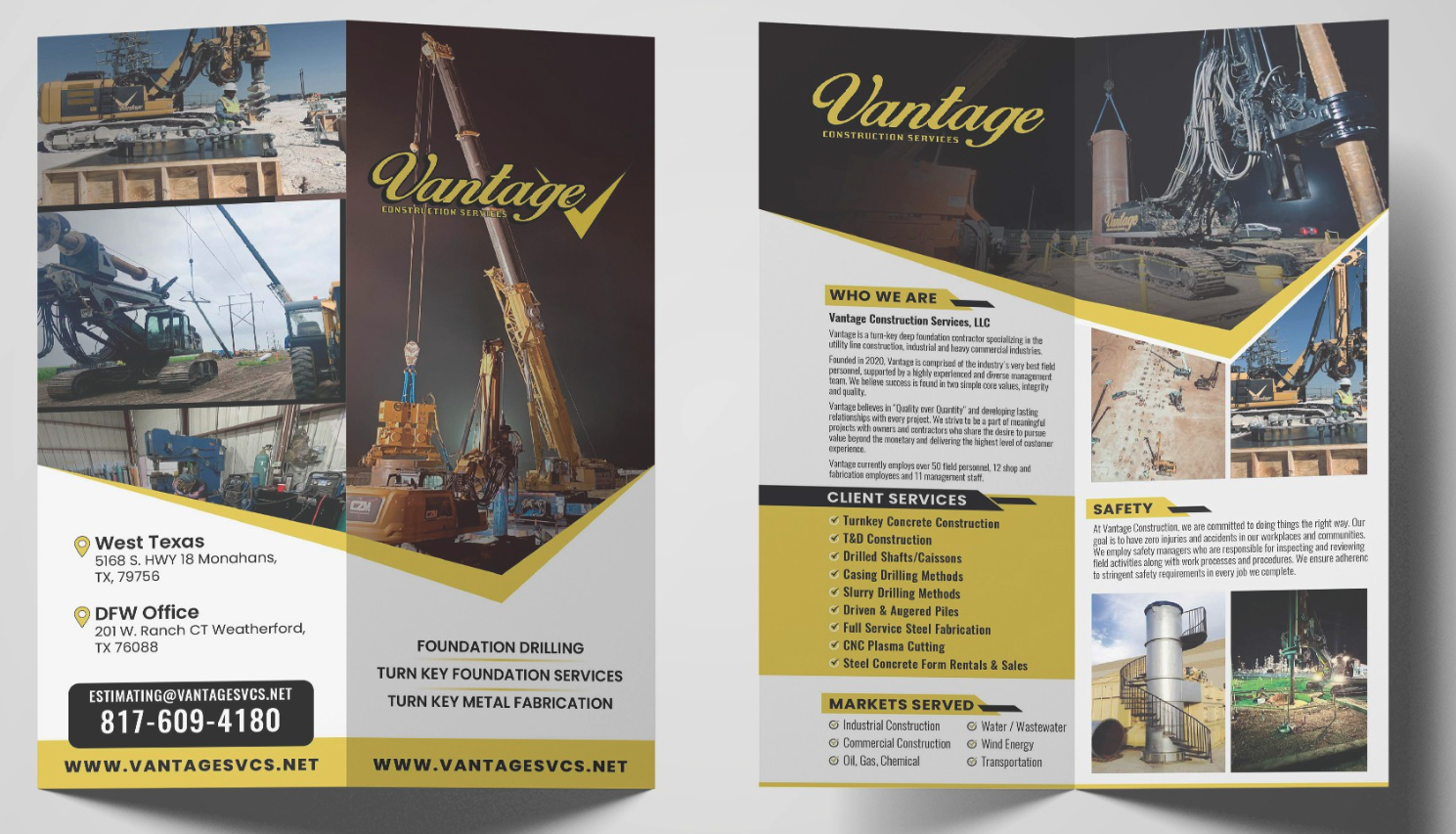
Brochure design by Ideas Lab
Why do I need a brochure?
A brochure is a great way to communicate valuable information succinctly. For example, if you’re a mental health counselor starting a new group therapy series you could create a brochure explaining goals, purpose, dates and times, location, and intended audience. These would then be distributed at the places where prospective attendees gather.
VistaPrint Tip: When designing your custom brochure, consider what useful content might make the recipient hold onto it, such as a map, price list, or contact details. Once you’ve printed your brochure, you can purchase a PVC holder to display it in your place of business.
What is a pamphlet?
Often used interchangeably with brochures, business pamphlets tend to refer to booklets and other bound materials often used in promotions. They’re compact and convenient, and easy to include in promotional handouts and giveaways.
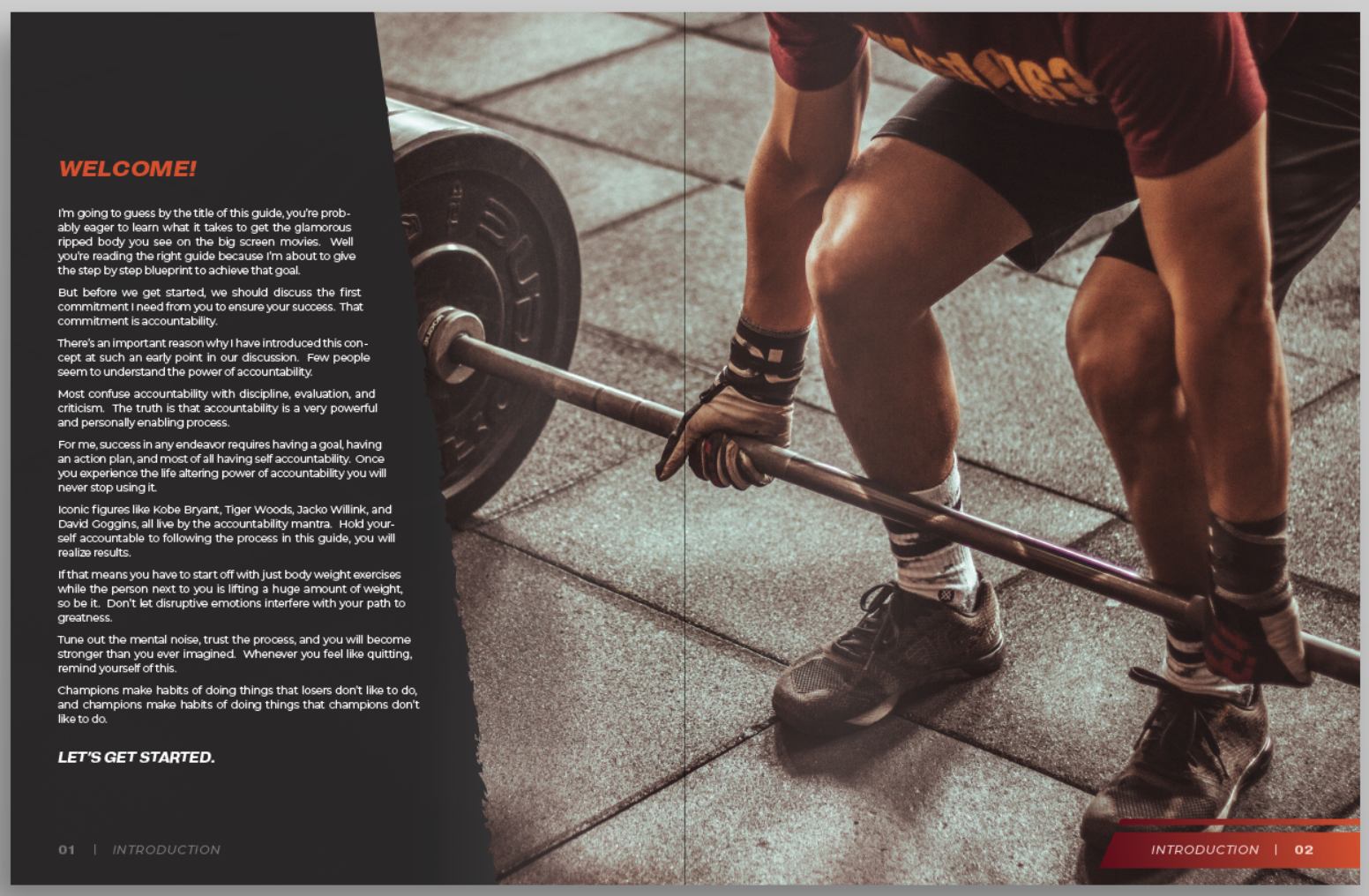
Pamphlet design by haleykoch
You’ve likely received pamphlets at industry events and in the mail, sometimes after ordering them. Usually, pamphlets are used as lead magnets—tangible products given away in exchange for recipients’ contact information.
You can use a pamphlet to:
- Promote a new business
- Describe the products or services your business offers
- Explain why your product or service is suitable for the reader
How to design a pamphlet
With 4-54 internal pages, you have plenty of space to play with and to include images, charts and other eye-catching graphics.
It can be helpful to format your pamphlet as a blog post first, with headings, subheadings, and complementary images worked into the text body. Use a grid system as the foundation for your layout, helping you align text and images consistently throughout the pamphlet. Think of it as the invisible structure that keeps everything in place.
Effective graphic choices for pamphlets include:
- Graphs
- Infographics
- Maps
- Relevant imagery
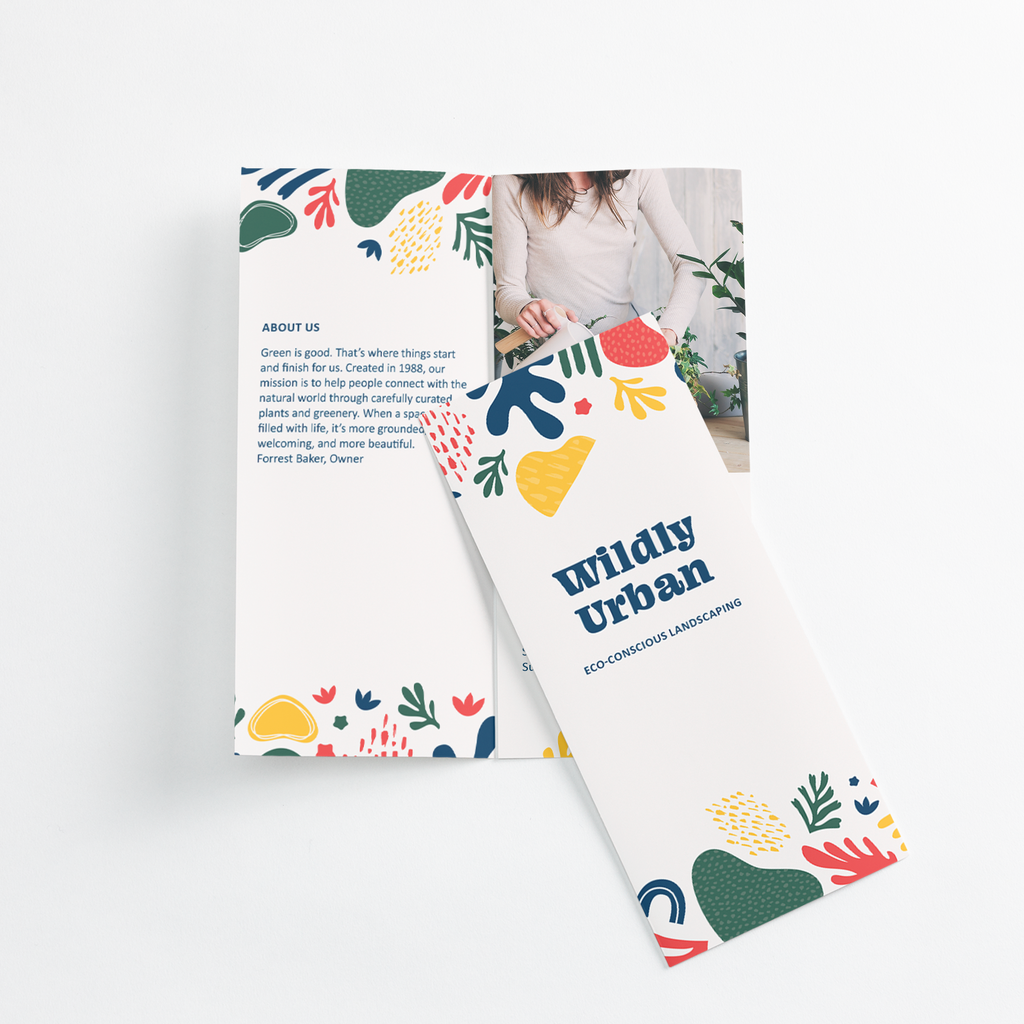
Brochure design via Vistaprint
Why do I need a pamphlet?
To connect with prospective customers by providing detailed information about your services or products. Think of a pamphlet as something prospective customers receive once they’re “in the funnel.” In other words, a pamphlet isn’t their introduction to your brand, but the next step in getting to know it better.
VistaPrint Tip: after you have designed your business booklet, order a test print to ensure the colors match your brand guidelines and design intentions. A test print allows you to assess the overall appearance of your pamphlet and provides the opportunity for a final proofread.
Looking for custom marketing materials?
Whether you need a flyer, brochure or pamphlet depends largely on your goals and distribution method. All three marketing materials will help you share information and drive brand engagement. Which of them you need will be determined by whether you’re introducing people to your brand or nurturing existing relationships.
Decided on a flyer, brochure or pamphlet?
Once you’ve decided which to use, visit VistaPrint to design and print your marketing material of choice.




